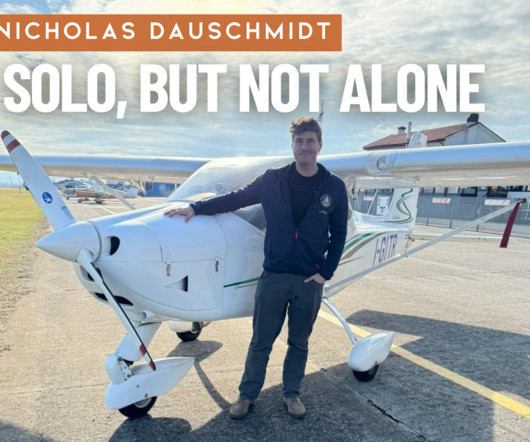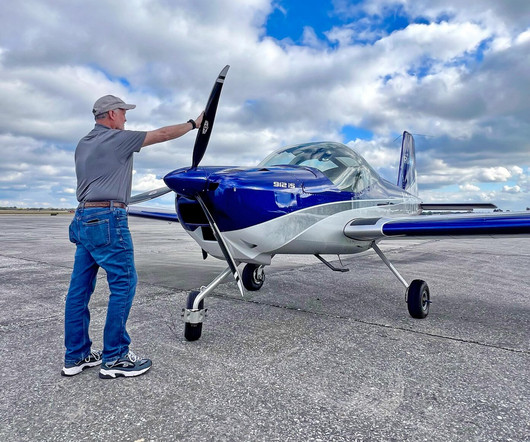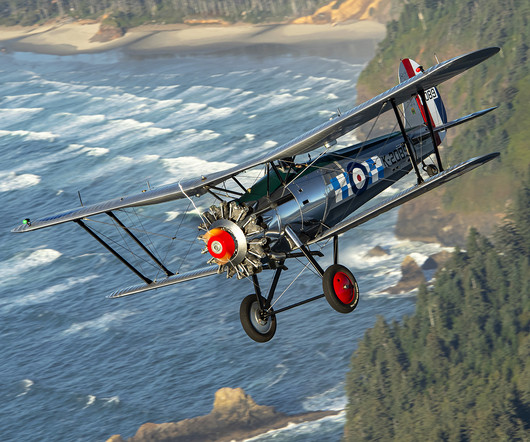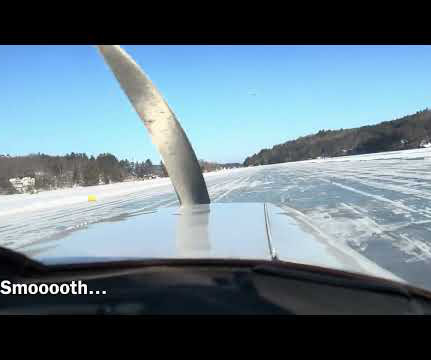Wingtip Vortices and Wake Turbulence
Pilot Institute
MARCH 28, 2025
As seen from the aircrafts tail, the vortex rotates in the anti-clockwise direction on the right wingtip and the clockwise direction on the left wingtip. As at higher altitudes, the vortex movement near the ground is affected by crosswinds. This distance is measured when the preceding aircraft is over the runway threshold.














Let's personalize your content